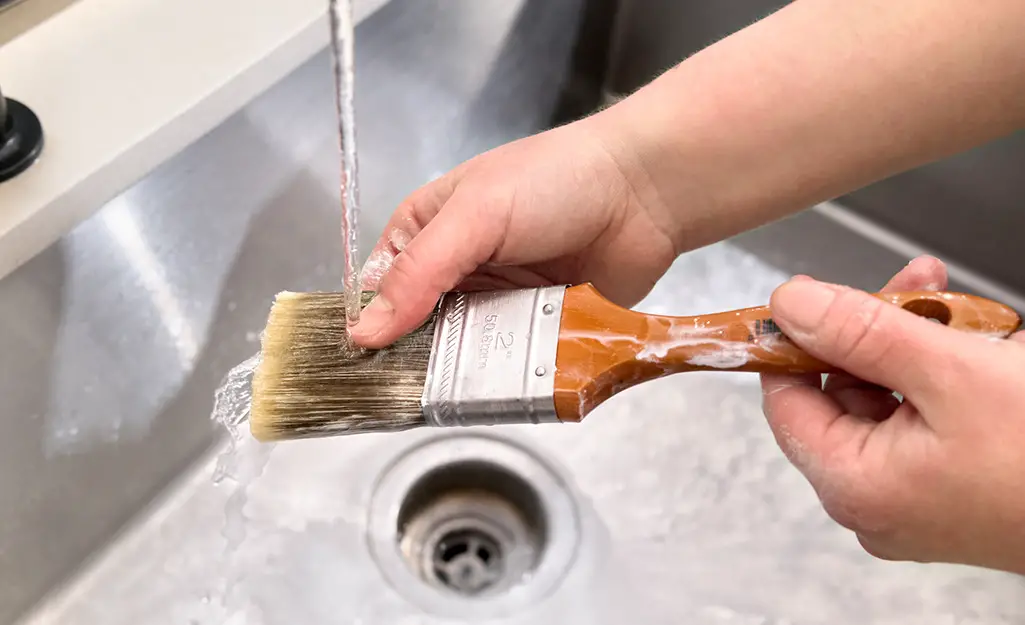Oil-based paint has been a popular choice for painting projects for many years due to its durability and longevity. However, it also has several disadvantages that you should consider before deciding whether to use it.
Here are some disadvantages of oil-based paint that you should know about:
Longer Drying Time
One of the most significant disadvantages of oil-based paint is that it takes a long time to dry.
This can be frustrating for those who are working on a project with a tight timeline or need to use the painted surface quickly.
Oil-based paint can take up to 24 hours or longer to dry, while water-based paint typically dries within a few hours.
Strong Odor

Oil-based paints have a strong odor that can be bothersome to many people.
The fumes can cause headaches, nausea, and dizziness, making it uncomfortable to work with for an extended period.
It’s also important to note that prolonged exposure to these fumes can be harmful to your health.
Environmental Concerns
Oil-based paints contain volatile organic compounds (VOCs), which can be harmful to the environment.
These compounds can contribute to air pollution and can also have a negative impact on the ozone layer.
Difficult Clean-Up

Cleaning up after using oil-based paint can be challenging.
Unlike water-based paint, it cannot be easily cleaned up with soap and water.
Instead, you will need to use solvents such as mineral spirits or turpentine, which can be messy and potentially hazardous.
Yellowing Over Time
Oil-based paint tends to yellow over time, especially in areas with little exposure to natural light. This can be particularly noticeable on white or light-colored surfaces, and it can be challenging to fix without repainting the entire surface.
Prone to Cracking

Oil-based paint is prone to cracking over time, especially on surfaces that experience a lot of movement or expansion and contraction, such as window frames or doors. This can be unsightly and will require repainting to fix.
Less Flexible
Oil-based paint is less flexible than water-based paint, which can make it more susceptible to cracking and peeling.
This can be a particular issue in areas where there is a lot of movement, such as door frames or windows.
Can Be Expensive
Oil-based paint can be more expensive than water-based paint, especially if you are looking for a high-quality product.
This can make it a less attractive option for those on a tight budget.
Flammable
Oil-based paint is flammable and should be stored and used with caution. It can be dangerous if exposed to heat or flames, so it’s important to follow proper safety precautions when using it.
Legal Restrictions
In some areas, there are legal restrictions on the use of oil-based paint due to environmental concerns.
Before using oil-based paint, be sure to check local regulations to ensure that it is allowed in your area.
Summary of- Disadvantages of oil-based paints
oil-based paint can be a durable and long-lasting option for painting projects, but it also has several disadvantages that you should consider before using it.
These include longer drying times, strong odors, environmental concerns, difficult clean-up, yellowing over time, cracking, less flexibility, expense, flammability, and legal restrictions.
Be sure to weigh these factors carefully when deciding which type of paint to use for your project.





